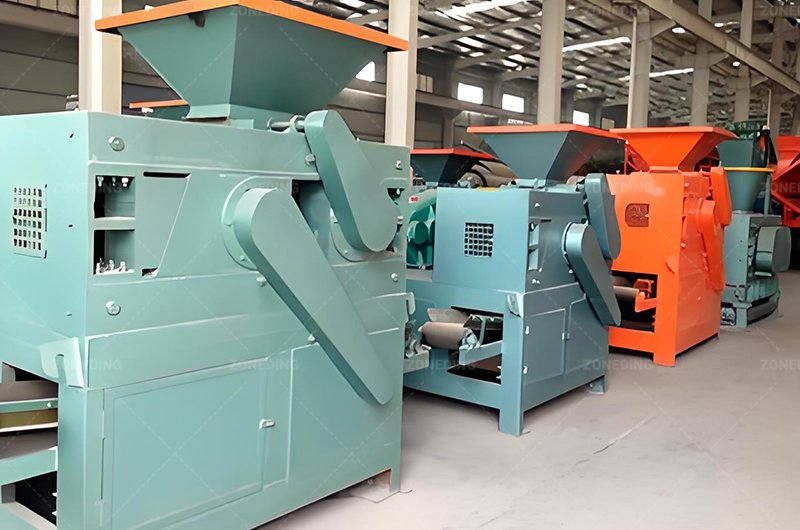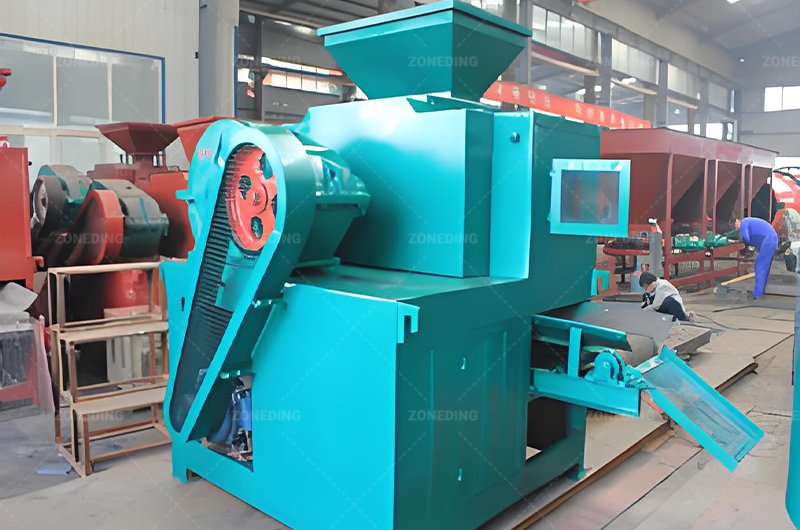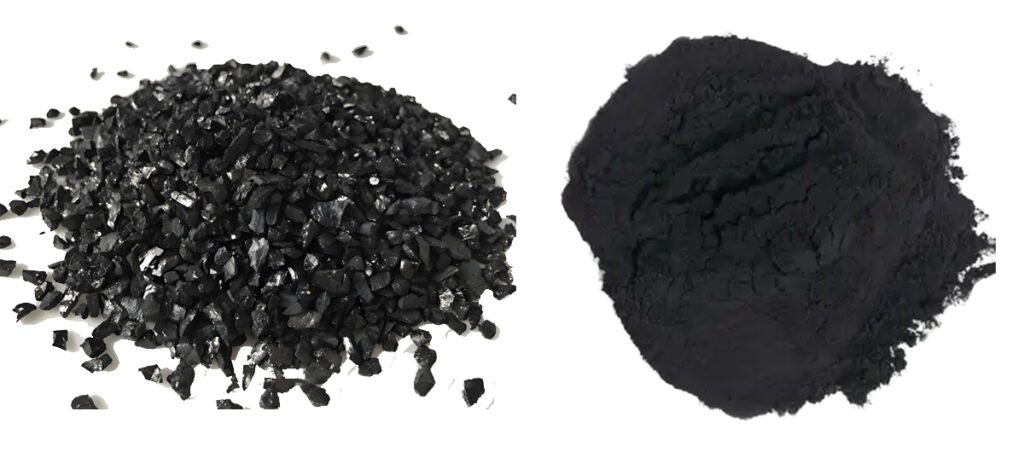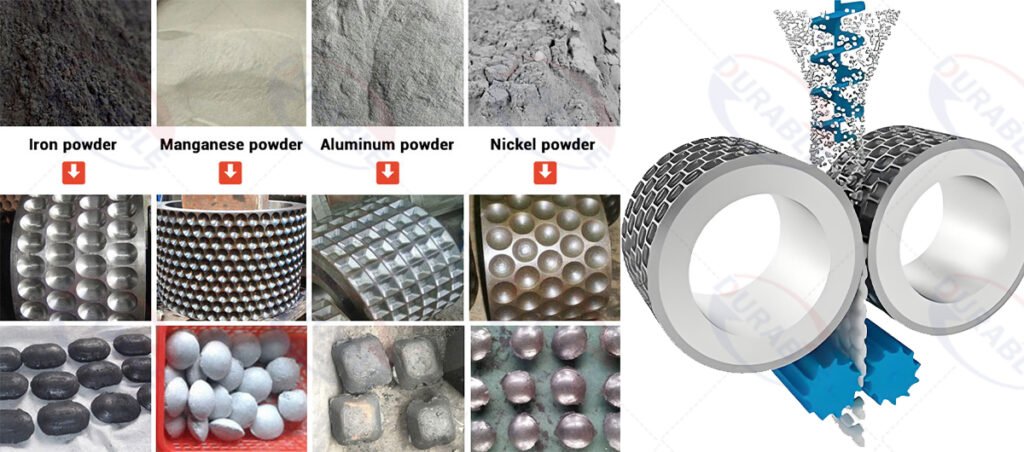12 Common Problems in the Operation of Briquette Machine
As a manufacturer with decades of experience, we at Durable know the frustration. Your Briquette machine has stopped working correctly, and your production is at a standstill. This guide is our definitive 12-step briquette machine troubleshooting checklist. We will walk you through each problem like an engineer on your factory floor. 90% of all briquette machine failures are not due to the machine itself. They are caused by a misunderstanding of the core principle: the plasticization of lignin. Let’s solve your problems and get you back to making money.


Table of Contents
- Before You Take the Machine Apart, Have You Checked the Critical “First Element”—The Raw Material?
- Why Are My Briquettes Loose, Crumbly, or Not Forming at All?
- Why Do My Briquettes Always Have a Lot of Cracks?
- The Machine Suddenly Stops Producing Briquettes or is Very Slow. What Is “Stuck”?
- Why is the Forming Cylinder Emitting Pungent, Thick Smoke?
- Why Are My Briquettes Always Curved, Not Straight?
- What Should I Do If the Equipment Suddenly Vibrates Violently or Makes a Harsh Noise?
Before You Take the Machine Apart, Have You Checked the Critical “First Element”—The Raw Material?
This is the absolute foundation of all briquette machine troubleshooting. Before you touch a single bolt on the machine, you must verify your raw material. The machine works based on physics, and it cannot defy the properties of your material.

There are two non-negotiable rules for your raw material:
- Moisture Content: The moisture of your sawdust or biomass powder must be between 8% and 12%. If it is higher than 12%, the excess steam will steal heat and prevent proper forming. It will also cause cracks in your briquettes. If it is lower than 8%, there isn’t enough moisture to help plasticize the lignin, and the briquettes will be weak.
- Particle Size: The material must be a uniform powder, with all particles smaller than 6mm. Large particles create gaps, disrupt the flow inside the forming cylinder, and lead to weak, inconsistent briquettes. You need a good hammer mill crusher to ensure this consistency.
If your raw material does not meet these two conditions, no amount of machine adjustment will solve your problems. Fix the material first.
Why Are My Briquettes Loose, Crumbly, or Not Forming at All?
This is the most common of all briquette machine common problems. The machine pushes out hot, black powder instead of a solid briquette.
The root cause is a failure of lignin plasticization. Your machine does not work by simple pressure. It uses high temperatures (around 300°C) to “melt” the natural lignin within the wood. This melted lignin acts as a natural glue. The propeller then compacts this glued material. If your briquettes are loose, it means the lignin never turned into glue.
Here are the reasons:
- Temperature is too low. The heating coils are not hot enough to melt the lignin. Check your temperature controller and use an infrared thermometer to verify the outside of the forming cylinder is at the correct temperature.
- Moisture is too high. As we said, water turns to steam, and steam carries away heat. Your material never reaches the required temperature.
- The propeller and sleeve are severely worn. If the gap between the propeller and the forming cylinder is too large, it cannot build up enough pressure. The hot material just flows backward instead of being compacted forward.
Why Do My Briquettes Always Have a Lot of Cracks?
You see long, vertical cracks on the surface of the briquettes as soon as they exit the machine. This is a classic symptom with only one cause.

This is a “miniature steam explosion.” The only culprit is that your raw material moisture is too high (above 12%). When the wet powder enters the high-temperature forming cylinder, the water inside it instantly turns into high-pressure steam. This steam becomes trapped inside the compacting briquette. The pressure builds and then violently escapes through the weakest point—the surface—creating a crack. This is called biomass stick cracking.
Do not try to fix this by adjusting the machine’s temperature or speed. The only solution is to go back to your drying process. Ensure your material is consistently below 12% moisture.
The Machine Suddenly Stops Producing Briquettes or is Very Slow. What Is “Stuck”?
The motor is running, but nothing is coming out, or only a tiny amount is. Sometimes, hot smoke and material will even shoot backward out of the feed inlet.
This is a clear signal of a severe clog. We call this briquette machine clogging. Something is blocking the path forward, and the pressure is building up inside the machine. This is a dangerous situation.
You must stop the machine immediately. After it cools down, you need to disassemble the front end and find the blockage. Common causes include:
- A metal object in the raw material: A nail, screw, or rock can instantly jam the machine.
- Temperature is too high: The wood material carbonized prematurely inside the cylinder, forming a hard plug of charcoal.
- Severe propeller wear: The propeller is so worn down that it has lost its ability to push the material forward, causing it to pack up and jam.
Why is the Forming Cylinder Emitting Pungent, Thick Smoke?
A properly running machine should produce only a small amount of light-colored steam or smoke. If you see thick, dark, and pungent smoke, you have a temperature problem.
Your briquette machine is acting like a bad charcoal furnace. This is a classic sign that your temperature is set way too high (for example, over 400°C). At this temperature, you are not just plasticizing the lignin; you are actively burning and carbonizing the wood inside the forming cylinder. This is called pyrolysis. The briquette machine excessive smoke is the gas released during this burning process.
The briquettes that come out will be black, brittle, and almost like charcoal. This is inefficient and dangerous, as these pre-carbonized briquettes can ignite when they contact the air. Immediately lower your heating temperature and check if your temperature sensor is working correctly.
Why Are My Briquettes Always Curved, Not Straight?
Your briquettes come out looking like bananas instead of straight logs. This briquette stick bending might seem like a small issue, but it indicates a deeper problem with alignment.
This is a problem of uneven pressure or temperature.
- Misalignment: The propeller (screw shaft) and the forming cylinder are not perfectly centered. The material is being pushed harder on one side than the other, causing it to curve.
- Uneven Heating: One of your heating coils may have failed, or they are not providing even heat around the cylinder. The side that is hotter will have better flow, while the cooler side will have more resistance, causing the briquette to bend away from the cooler side.
Check the alignment of your machine’s core components and ensure all heating coils are functioning and providing consistent heat.
What Should I Do If the Equipment Suddenly Vibrates Violently or Makes a Harsh Noise?
During normal, smooth operation, the machine suddenly starts shaking or making a loud, metallic, grinding noise.
STOP THE MACHINE IMMEDIATELY. This is a critical emergency signal. Do not try to let it “work itself out.” A loud noise or violent vibration means a major mechanical failure is happening or is about to happen.
After shutting off the power, investigate these possible causes for the equipment abnormal noise:
- A blade, hammer, or internal component has broken off and is being thrown around inside the chamber.
- A primary bearing has failed and is seizing up.
- The main shaft has become bent due to a severe jam.
- A foreign metal object has entered the machine and is being crushed.
Continuing to run the machine in this state can lead to catastrophic damage.
 Durable Machinery
Durable Machinery